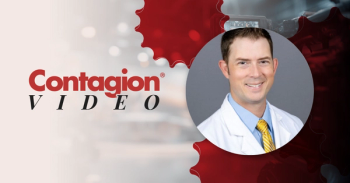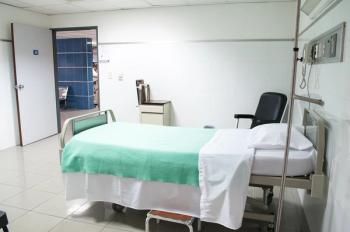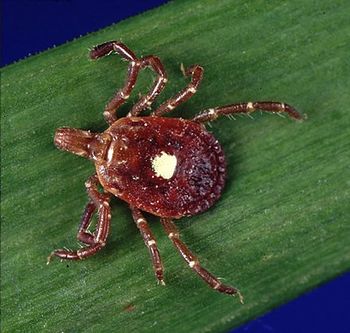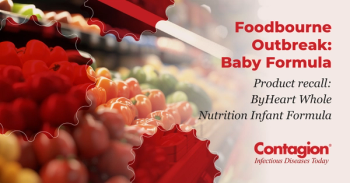
Swabbing Our Way to a Solution for Antibiotic Resistance—Part 2
What microbial growth was found after Contagion® writer, Saskia Popescu swabbed & sent her samples?
As
Antimicrobial stewardship is one strategy that seeks to reduce the misuse and overuse of antimicrobials, while developing more efficient usage practices that improve patient outcomes. However, antimicrobial stewardship is only one piece of the puzzle. Another piece is drug development. In conjunction with efforts to change our prescribing and usage behavior, scientists are also working to develop new antimicrobials. Antimicrobial development is critical as there has been little in terms of new antimicrobial development since the 1980s.
Some scientists are also going it on their own. Adam Roberts, PhD, from the Liverpool School of Tropical Medicine, is working to find a novel antibiotic, but through a more traditional route—nature. The environment is a rich source for microorganisms, some of which produce compounds that can be utilized as antibiotics. Although most individuals would scour the earth to find obscure microorganisms, Dr. Roberts is looking in the battleground around us—the real world where people and bacteria are in close quarters.
Earlier this year, I had the chance to chat with Dr. Roberts and
Upon receiving the swabs, I was excited to start finding unusual and hopefully, impacting, surfaces and objects to swab. First, I started with my own cell phone. Not only are cellphones dirty, but for someone who spends time in a hospital and travels frequently, it seemed like a worthwhile shot. Second, I swabbed a toy and food bowl from one of our dogs. Finally, I looked to sources at one of the hospitals I’ve worked with, swabbing a courtesy phone and information desk within the lobby.
What exactly did we find?
Not surprisingly, the swab from the hospital courtesy phone had microbial growth that had anti-candida activity. Dr. Roberts shared with me, “We know it has no activity against Escherichia coli. Of the 200 or so isolates we tested in this run, yours plus 3 others (2 from underneath a wristwatch [probably clones] and 1 from an ancient woodland) could inhibit the Candida albicans strains.” This inhibitory feature means that the Candida albicans strains were not able to grow, making it a fascinating finding!
The Swab & Send photos and results are available on their Facebook page, but I have included the picture of my swabs here:
Programs like Swab & Send are vital to helping identify potential avenues for antimicrobials and also raise awareness for not only the natural hiding places of future antibiotics, but also the critical threat of antimicrobial resistance.
Newsletter
Stay ahead of emerging infectious disease threats with expert insights and breaking research. Subscribe now to get updates delivered straight to your inbox.


























































































































































































































































































